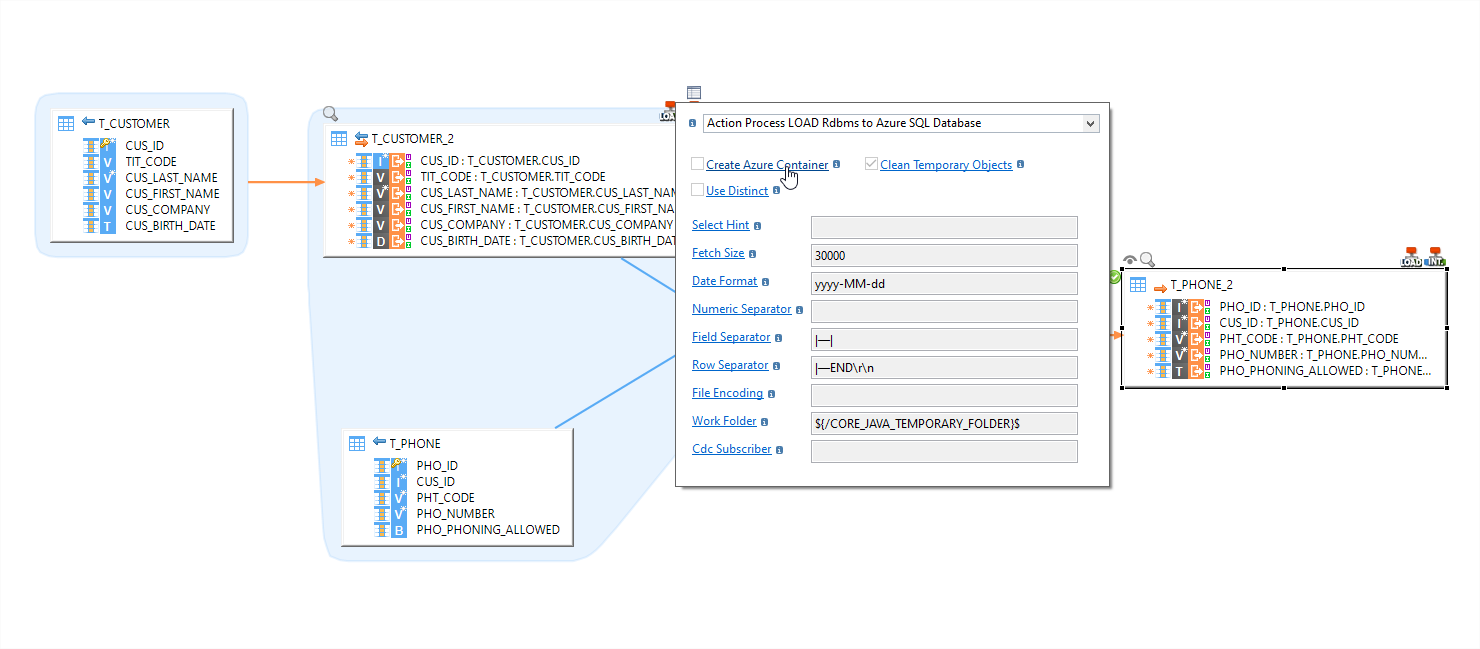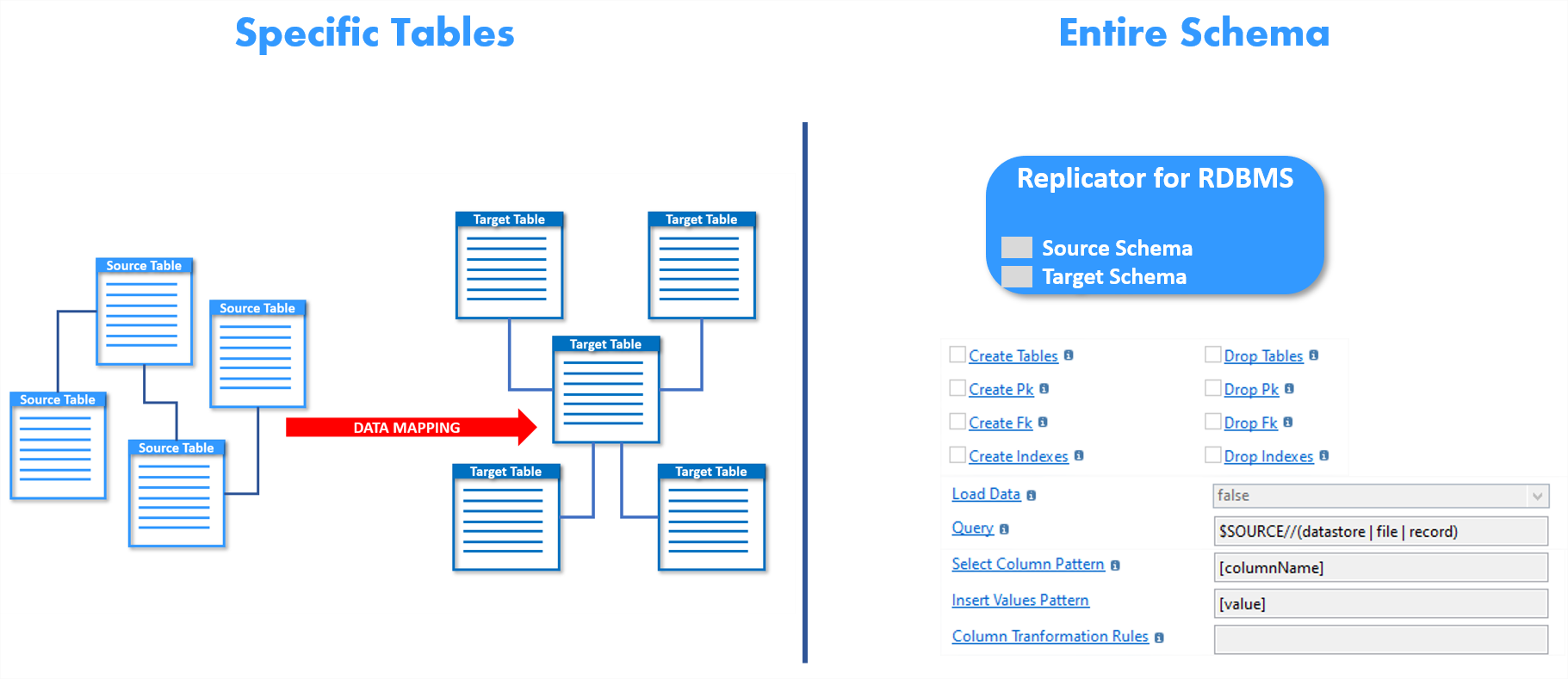 Stambia
The solution to all your data integrations needs
Stambia
The solution to all your data integrations needs

Stambia Component for Microsoft Azure
Microsoft Azure is a major public cloud platform that helps businesses solve challenges by providing various cloud services, storages, databases, networking, analytics and others.
Stambia Component for Microsoft Azure is built to provide you seamless integration with a lot of these products that Azure has to offer.:

What is important when integrating to Microsoft Azure
A Hybrid Integration Solution for Microsoft Suite
Many organizations using the complete Microsoft suite have been on premises, just a few years back.
Most of them have now adopted Microsoft Azure, but some of them still have their data and processes on premises.
Microsoft provides the flexibility in terms of operating in a hybrid mode.
The integration processes, hence, needs to be built using a solution that is hybrid in nature and can provide the flexibility to deploy on any environment..
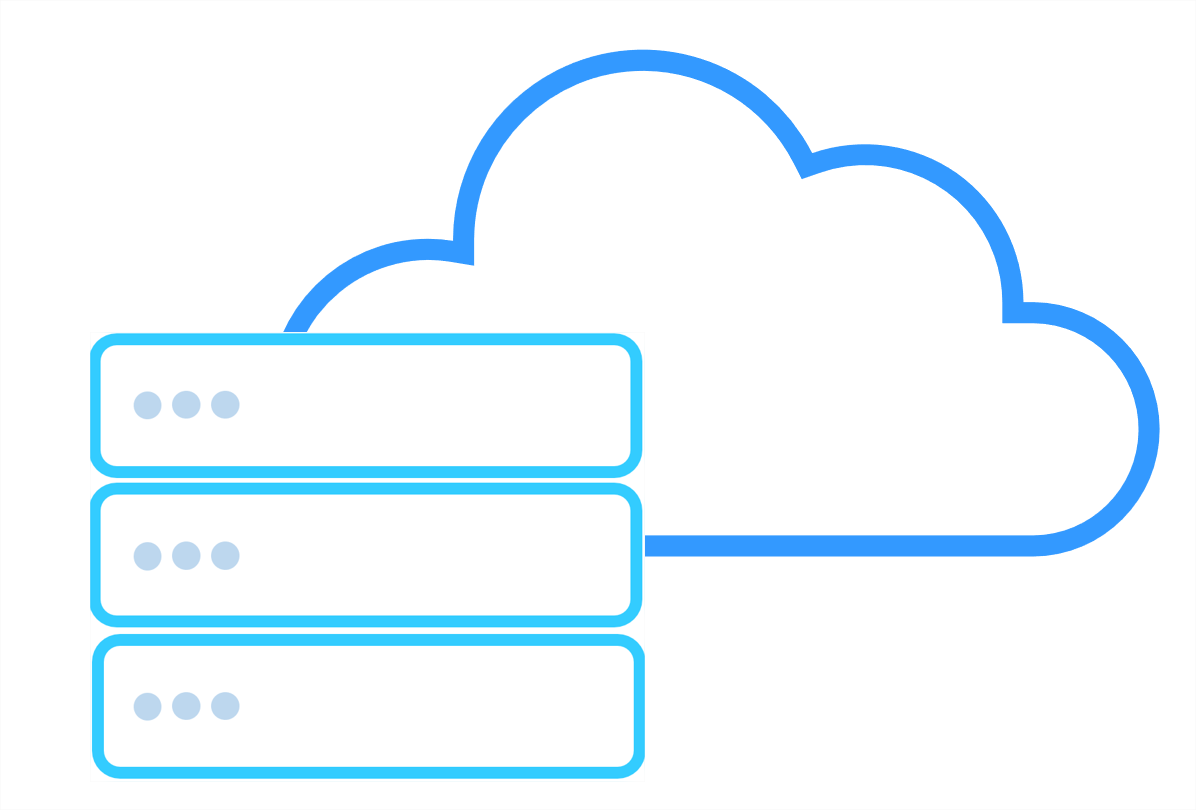
Migrating your on-premises data to Azure
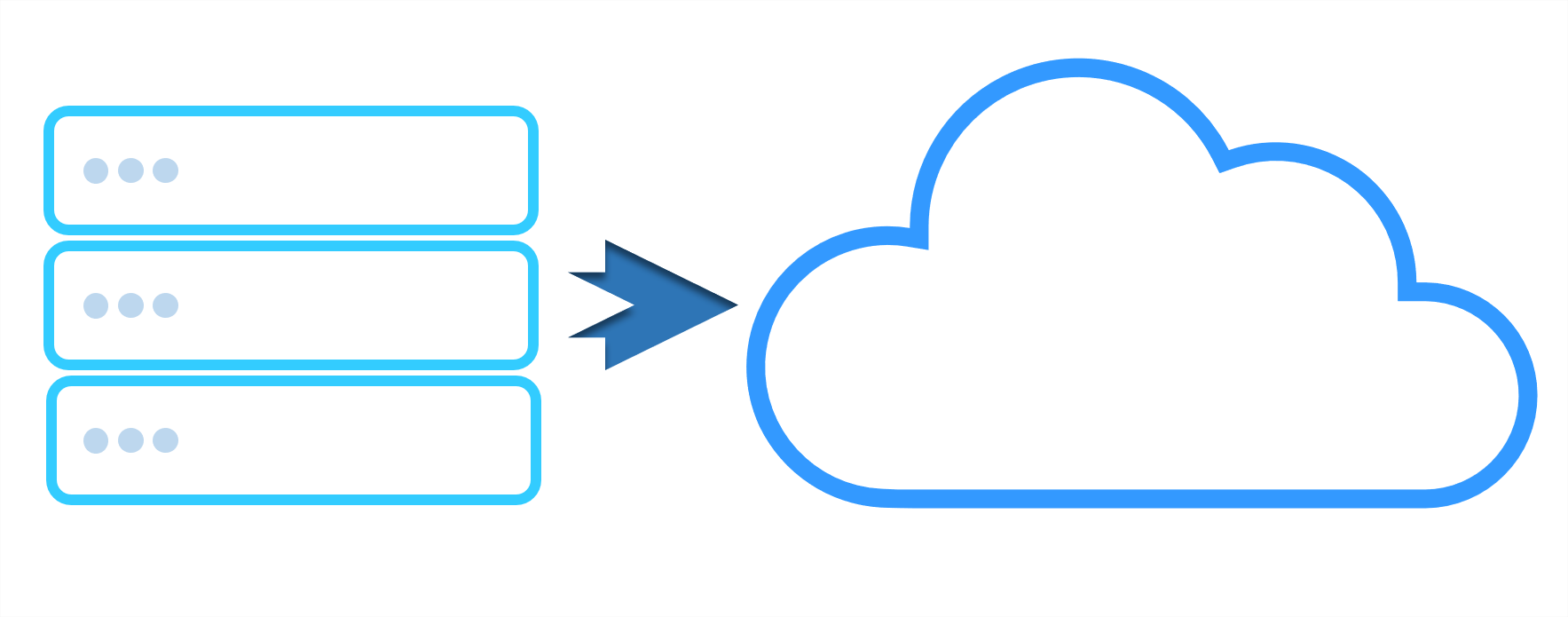
On the other hand, when moving to Microsoft Azure, the on-premises data needs to be migrated.
There could be a partial migration needed or a full migration to the cloud.
In both the cases, you need to set up a comprehensive migration strategy, as well, have the necessary tools that are adaptable and provide with several automations, to expedite your migration phases.
Get the most out of Azure
When Integrating data to Azure, it is important to benefit from the various offerings.
With several options from specialized products for Storage, Compute, Analytics, Databases, API Management, etc. the integration solution should be able to work with all of them seamlessly.
The Integration solution should also, be reactive to the advanced features that come out, every now and then.
Just as an example, the Azure SQL Data Warehouse evolved into Azure Synapse Analytics, that brings together enterprise data warehouse and big data analytics..
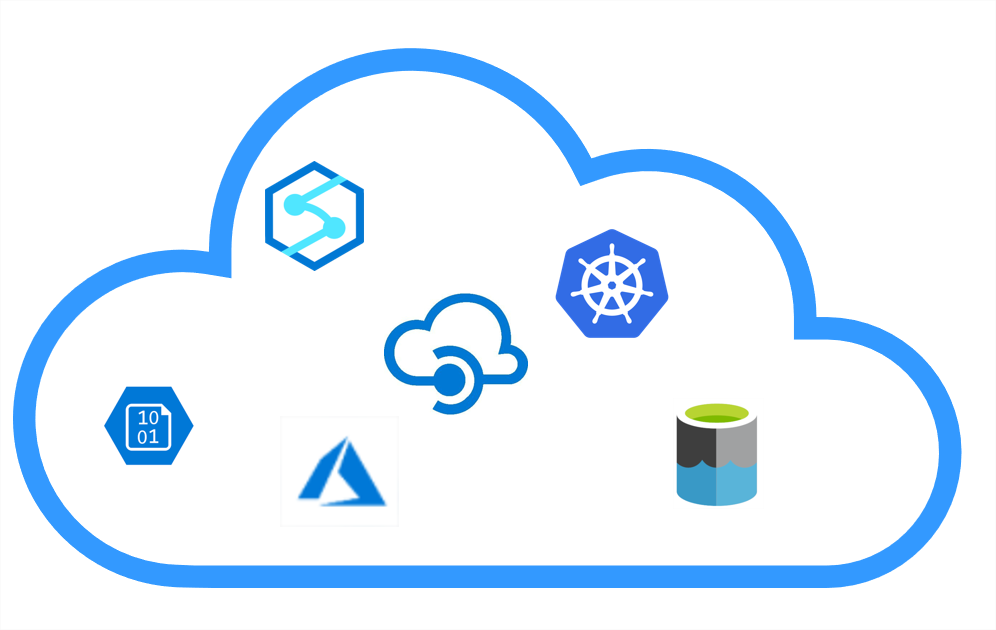
Seamlessly Integrate into DevOps practices
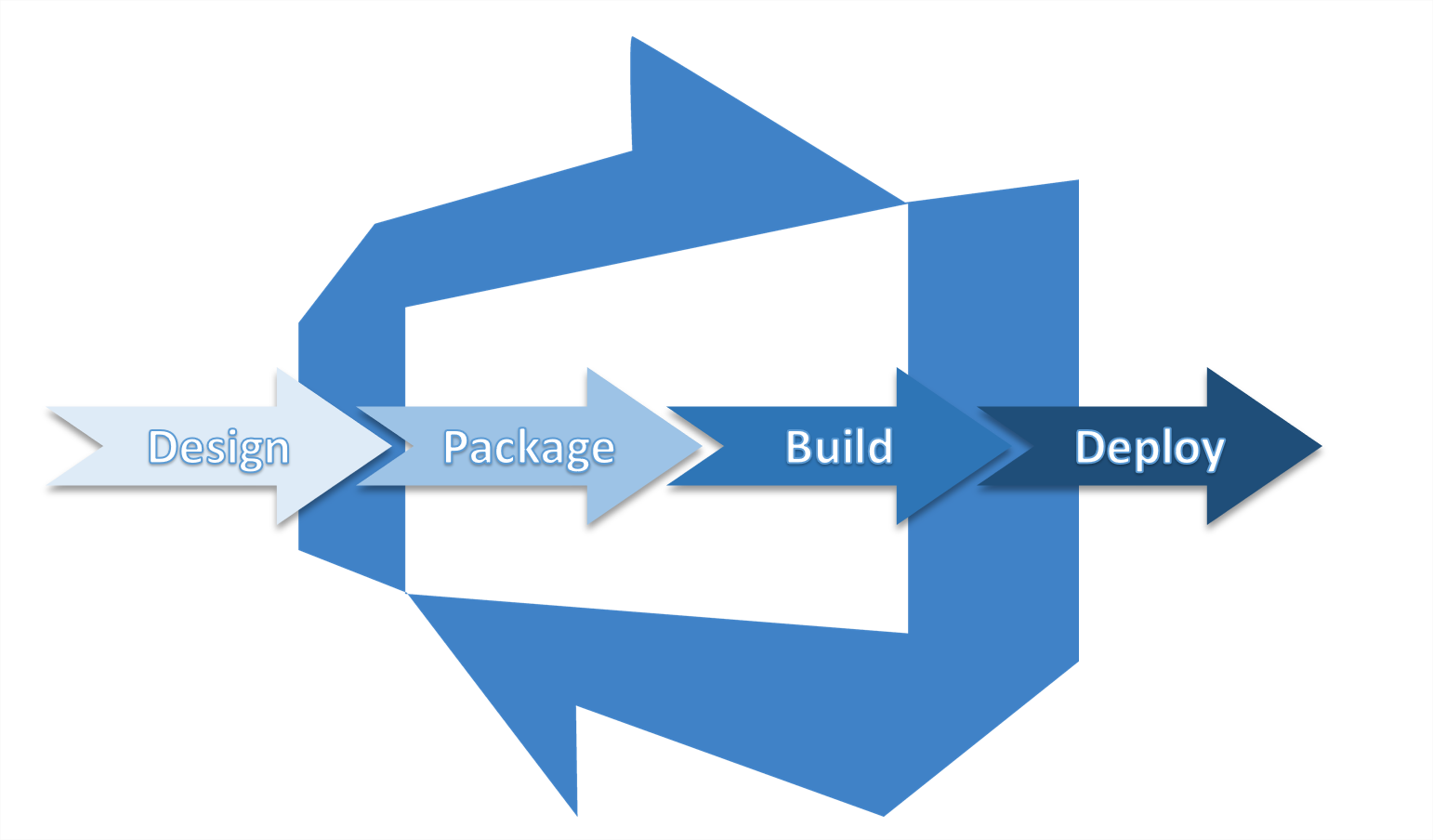
Azure provides a host of tools for different purpose, to provide reliable solution for continuous delivery.
These tools are specifically built for tasks like, Versioning, Artifacts management, Pipelines and much more.
The IT teams working on an Integration solution should not shy away from using these DevOps tools due to some constraints from the integration solution
Features of Stambia Component for Microsoft Azure
Stambia Component for Microsoft Azure provides the ability to quickly connect and configure storages, databases, and work within Azure to integrate data from heterogenous source systems without having to write complex code or complicated processes.
Stambia, with its Universal Data Mapper, brings agility and flexibility in your projects, as you focus on business rules and the code is generated by dedicated templates for Azure.
Migrate your on-premises data to Azure using Stambia
Stambia can simplify the migration process on the technical forefront, as the data mapping already are a simple and have a standard way to move your data.
Although, a set of replicator templates serve the purpose of moving an entire schema to the destination technology, in this case Azure SQL.
During the different phases of migration, if needed, Stambia can adapt and react to changing needs, to provide customized solutions..
Stambia keeps up with the evolutions in Azure
With Stambia you can use Azure storages, integrate to Azure SQL Database and Azure Synapse Analytic.
With specifically built templates for all of these, there is no coding required, as you build your data mappings.
Other areas such as setting up third party databases like MySQL, PostgreSQL and so on can be easily used with the help of the RDBMS components specifically designed for them.
Publish APIs using Stambia and Manage them in Azure API Management
One of the important features of Stambia is the ability to publish processes as a web service with a few clicks.
The APIs published then would need Azure API management, to have a better control of their usage, gain metrics on the performance and so on.
Stambia also provides various endpoints such as SOAP, REST and Swagger definition to use it based on the requirement.
Build CICD Pipelines in Azure DevOps for Stambia
DevOps teams can easily Integrate Stambia using Azure DevOps.
Stambia provides various ways to deploy, which could include a dedicated component as Stambia Production Analytics or the APIs for it, as well, through command line.
Azure artifacts can be used for artifacts such as runtimes, packages and so on. Finally, you can deploy on any environment, be it, on-premises, in a docker container or in Kubernetes.
Therefore, with the flexibility to work with DevOps solutions, you can build CICD processes to streamline, automate and increase productivity.

Technical specifications and prerequisites
| Specifications | Description |
|---|---|
|
Protocol |
JDBC, HTTP |
|
Structured and semi-structured |
XML, JSON, PARQUET |
|
Storage |
|
| Connectivity |
You can extract data from :
For more information, consult the technical documentation |
| Advanced features |
|
| Minimum Version | Stambia DI S17.4.7 or higher |
Want to know more ?
Consult our resources
Did not find what you want on this page?
Check out our other resources:
Semarchy has acquired Stambia
Stambia becomes Semarchy xDI Data Integration
